Filter by
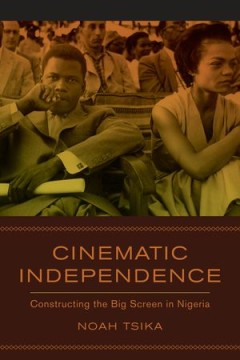
Cinematic Independence: Constructing the Big Screen in Nigeria
Cinematic Independence traces the emergence, demise, and rebirth of big-screen film exhibition in Nigeria. Film companies flocked to Nigeria in the years following independence, beginning a long history of interventions by Hollywood and corporate America. The 1980s and 1990s saw a shuttering of cinemas, which were almost entirely replaced by television and direct-to-video movies. However, after…
- Edition
- -
- ISBN/ISSN
- 9780520386105
- Collation
- -
- Series Title
- -
- Call Number
- 791.43 TSI c
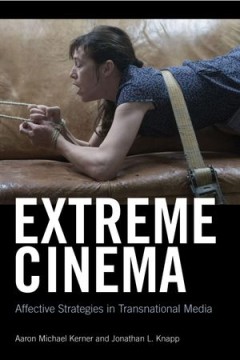
Extreme Cinema: Affective Strategies in Transnational Media
Extreme Cinema examines the highly stylized treatment of sex and violence in post-millennial transnational cinema, where the governing convention is not the narrative but the spectacle.
- Edition
- -
- ISBN/ISSN
- 9781474402903
- Collation
- -
- Series Title
- -
- Call Number
- 791.43 KNA e
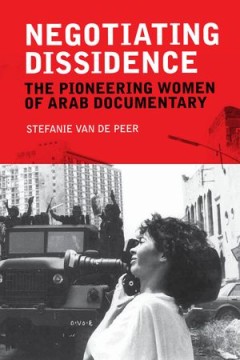
Negotiating Dissidence: The Pioneering Women of Arab Documentary
Traces the very beginnings of Arab women making documentaries in the Middle East and North Africa (MENA), from the 1970s and 1980s in Egypt and Lebanon, to the 1990s and 2000s in Morocco and Syria.
- Edition
- -
- ISBN/ISSN
- 9780748696062
- Collation
- -
- Series Title
- -
- Call Number
- 791.43 PEE n
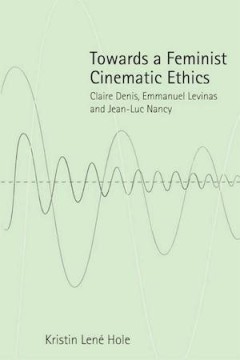
Towards a Feminist Cinematic Ethics: Claire Denis, Emmanuel Levinas and Jean-…
Towards a Feminist Cinematic Ethics develops an account of non-normative ethics that can be used to think about filmmaking and viewing, using two philosophers—Emmanuel Levinas and Jean-Luc Nancy, and the work of filmmaker Claire Denis. In an accessible and engaging manner, it offers new readings of Denis' films, situating them within larger feminist, postcolonial and queer debates about …
- Edition
- -
- ISBN/ISSN
- 9781474409520
- Collation
- -
- Series Title
- -
- Call Number
- 777 HOL t
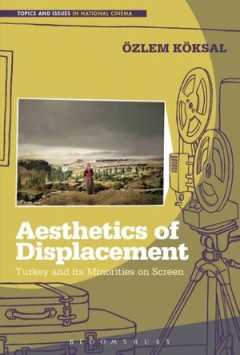
Aesthetics of Displacement: Turkey and its Minorities on Screen
Looking at films that represent the experience of displacement in relation to Turkey’s minorities, Aesthetics of Displacement argues that there is a particular aesthetic continuity among the otherwise unrelated films. Ozlem Koksal focuses on films that bring taboo issues concerning the repression of minorities into visibility, arguing that the changing political and social conditions determin…
- Edition
- -
- ISBN/ISSN
- 9781501306464
- Collation
- -
- Series Title
- -
- Call Number
- 791.43 KOK a
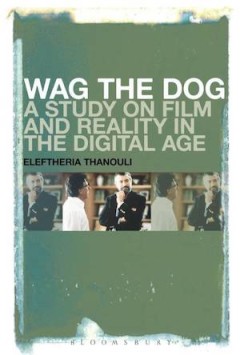
Wag the Dog: A Study on Film and Reality in the Digital Age
Wag the Dog became a media event and a cultural icon because it inadvertently short-circuited the distance that is supposed to separate reality and fiction. The examination of the historical and social context in which it was produced, exhibited and received worldwide enables the author to illuminate a series of changes in the way a fiction film reflects and interacts with reality, urging us to…
- Edition
- -
- ISBN/ISSN
- 9781501307270
- Collation
- -
- Series Title
- -
- Call Number
- 791.43 THA w
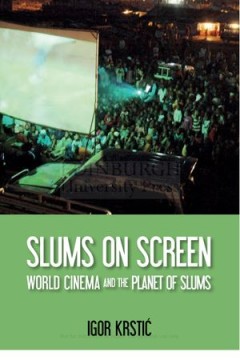
Slums on Screen: World Cinema and the Planet of Slums
From Jacob Riis’ How The Other Half Lives (1890) to Danny Boyle’s Slumdog Millionaire (2008), Igor Krstić outlines a transnational history of films that either document or fictionalise the favelas, shantytowns, barrios poulares or chawls of our ‘planet of slums’.
- Edition
- -
- ISBN/ISSN
- 9781474406871
- Collation
- -
- Series Title
- -
- Call Number
- 791.43 KRS s
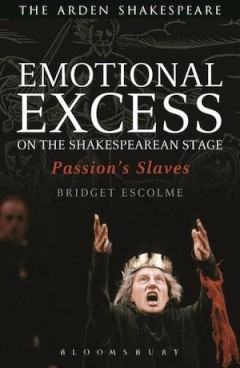
Emotional Excess on the Shakespearean Stage: Passion's Slaves
Emotional Excess on the Shakespearean Stage demonstrates the links made between excess of emotion and madness in the early modern period. It argues that the ways in which today's popular and theatrical cultures judge how much is too much can distort our understanding of early modern drama and theatre. It argues that permitting the excesses of the early modern drama onto the contemporary stage m…
- Edition
- -
- ISBN/ISSN
- 9781408179680
- Collation
- -
- Series Title
- -
- Call Number
- 792 ESC e
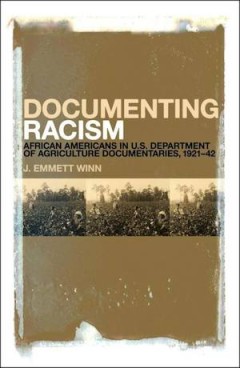
Documenting Racism: African Americans in US Department of Agriculture Documen…
From the silent era through the 1950s, the U.S. Department of Agriculture was the preeminent government filmmaking organization. In the United States, USDA films were shown in movie theaters, public and private schools at all educational levels, churches, libraries and even in open fields. For many Americans in the early 1900s, the USDA films were the first motion pictures they watched. And yet…
- Edition
- -
- ISBN/ISSN
- 9780826405555
- Collation
- -
- Series Title
- -
- Call Number
- 791.43 WIN d
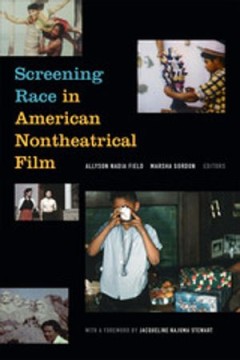
Screening Race in American Nontheatrical Film
Although overlooked by most narratives of American cinema history, films made for purposes outside of theatrical entertainment dominated twentieth-century motion picture production. This volume adds to the growing study of nontheatrical films by focusing on the way filmmakers developed and audiences encountered ideas about race, identity, politics, and community outside the borders of theatrica…
- Edition
- -
- ISBN/ISSN
- 9781478004141
- Collation
- -
- Series Title
- -
- Call Number
- 791.43 SCR s
 Computer Science, Information & General Works
Computer Science, Information & General Works  Philosophy & Psychology
Philosophy & Psychology  Religion
Religion  Social Sciences
Social Sciences  Language
Language  Pure Science
Pure Science  Applied Sciences
Applied Sciences  Art & Recreation
Art & Recreation  Literature
Literature  History & Geography
History & Geography